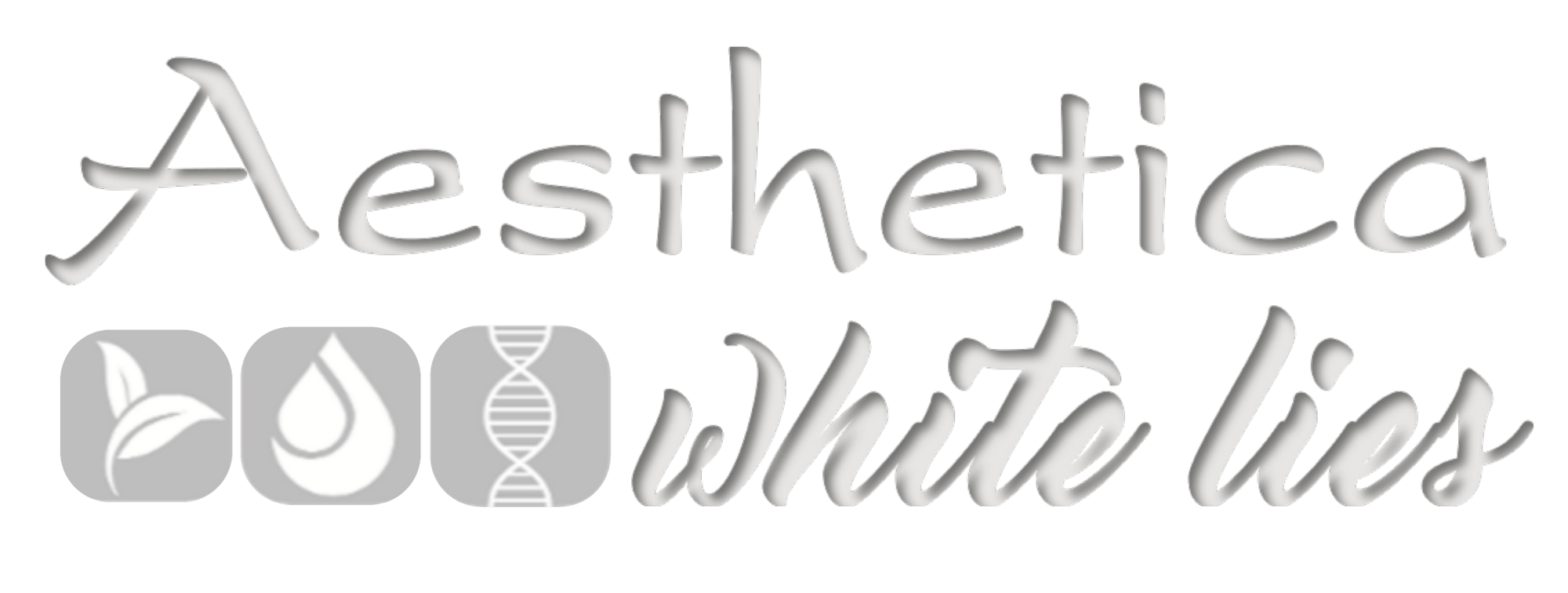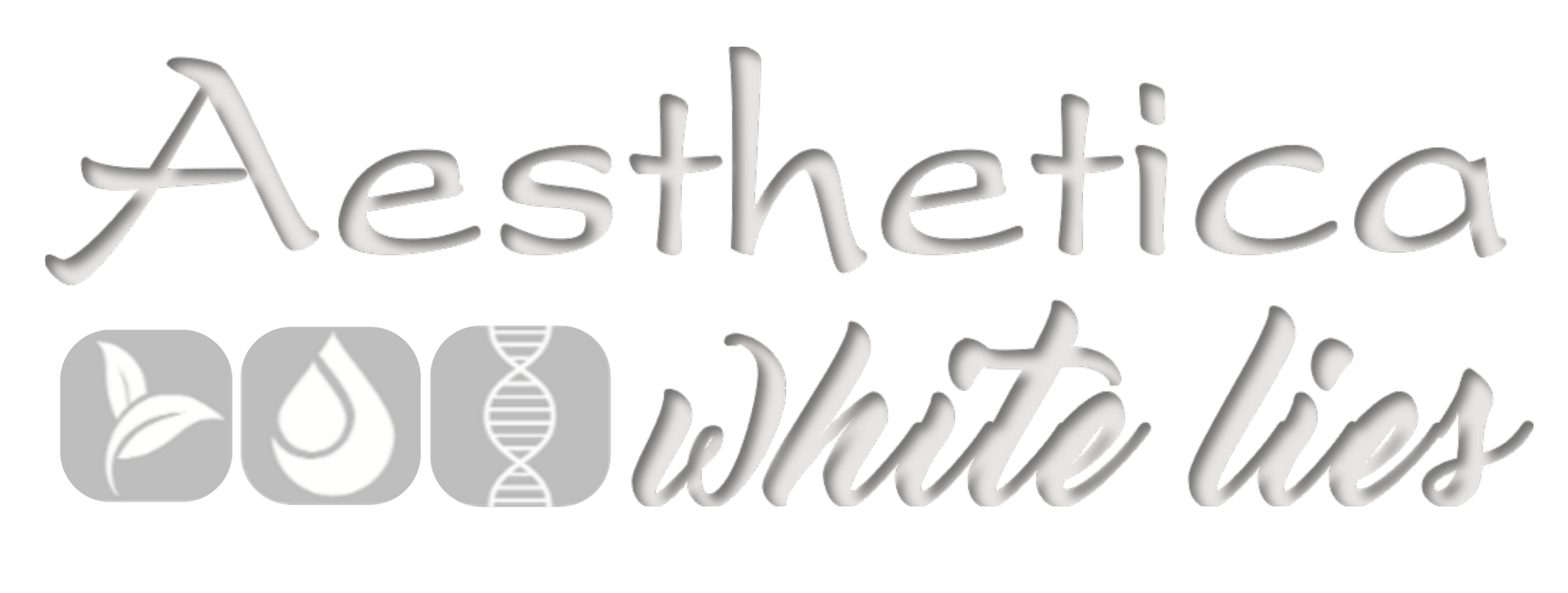CryoPen® is a state of the art treatment at Aesthetica Skin centre that uses extreme cold, or cryotherapy, to painlessly and safely destroy unwanted, benign and superficial lesions on the skin’s surface, such as warts, skin tags, verrucae, milia, and cherry angiomas. CryoPen® therapy is a medical procedure that involves applying nitrous oxide gas ejected under high pressure on to the skin. The gas is freezing, which helps to freeze and destroy any benign lesions. During the application, the tip of the CryoPen® reaches -79°C. This is to create a thermal shock at the region where the gas is pointed by causing a rapid drop in temperatures. The temperature drop affects crystallising the targeted cells’ fluid contents, turning them into ice shards, resulting in skin lesions’ destruction. The membrane surrounding the treated cells is ruptured and destroyed. The penetration of the cold is approximately 1mm per 5 seconds of treatment, so a 2mm sized lesion would take 10 seconds of nitrous oxide gas to treat.
- Skin tags
- Age/liver spots
- Milia
- Cherry angioma
- Viral verrucae (warts)
- Solar lentigo (sun spots)
- Other pigmentation
- Plantar warts
- Condyloma (genital or anal warts)
- Popular nevi (moles, birthmarks etc)
- Contagiosum (water warts)
- Hyperplasia
References:
Akarsu, S., and Kamberoglu, I., (2017). Cryotherapy for Common Premalignant and Malignant Skin Disorders, Dermatologic Surgery and Procedures, Pierre Vereecken, IntechOpen. https://www.intechopen.com/books/dermatologic-surgery-and-procedures/cryotherapy-for-common-premalignant-and-malignant-skin-disorders
Clebak, K.T., Mendez-Miller, M., Croad, J., (2020). Cutaneous cryosurgery for common skin conditions. Am Fam Physician, 1,101(7), 399-406. https://pubmed.ncbi.nlm.nih.gov/32227823/.html
Wood, L.D., Stucki, J.K., Hollenbeak, C.S., Miller, J.J., (2013). Effectiveness of Cryosurgery vs Curettage in the Treatment of Seborrheic Keratoses. JAMA Dermatol. 2013;149(1):108–109. https://jamanetwork.com/journals/jamadermatology/fullarticle/1557760
Collections: Body Procedures, Facial Procedures, Skin Lesions and Veins

